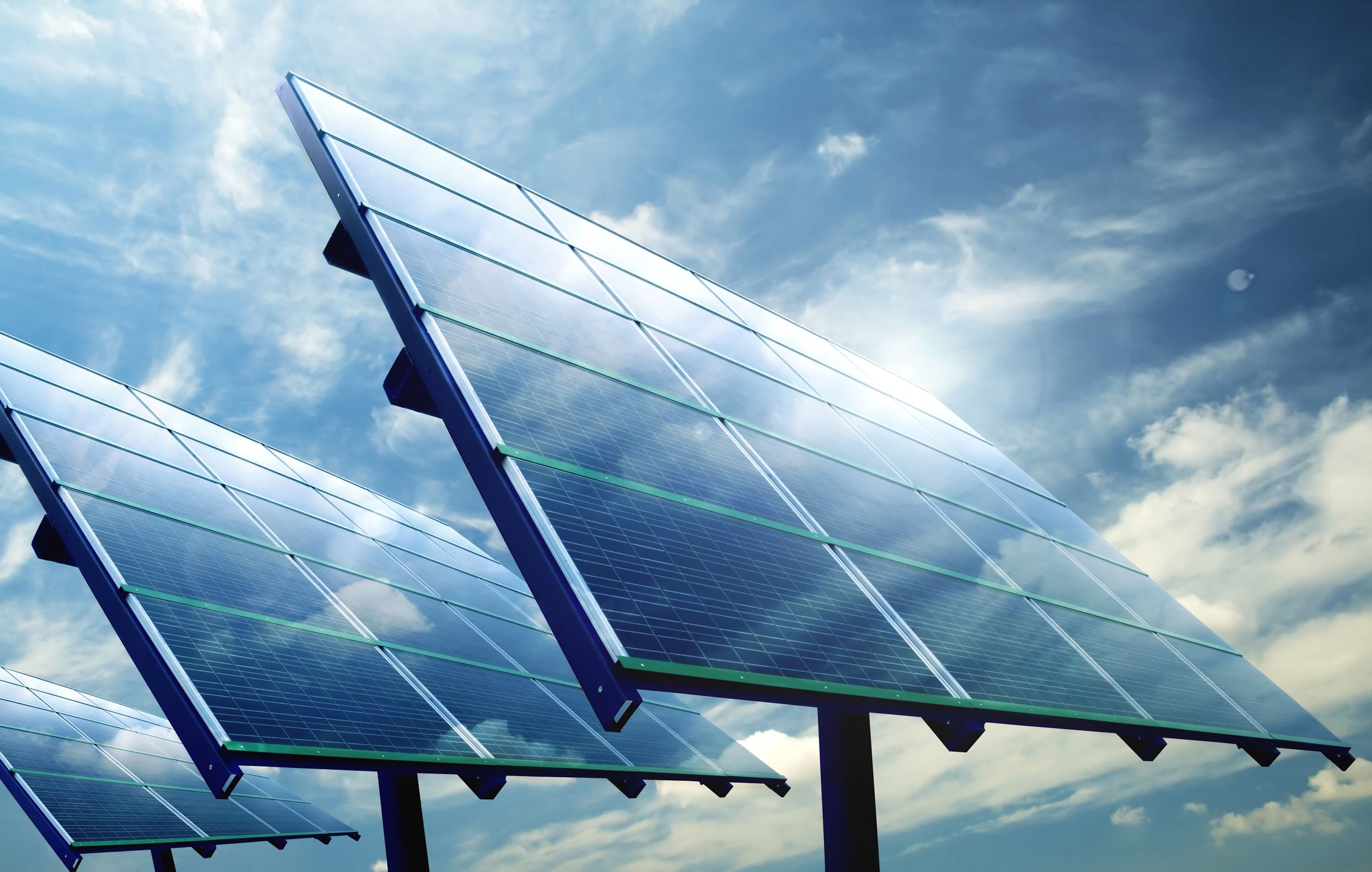Energy
Are Solar Energy Firms Better Than Share Prices Indicate?
Published:
Last Updated:

We have noted before that low crude oil prices tend to put a lid on solar prices, primarily because low crude prices typically indicate lower demand for energy, and that typically means that the economy is either stalled or growing slowly.
In the 2015 edition of its Sustainable Energy in America factbook, Bloomberg New Energy Finance denies any connection between oil prices and “most” alternative energy technologies:
There is no direct link between oil prices and most sustainable energy technologies in the US. Most of those [sustainable] technologies play a role in the power sector, whereas oil is mostly used for transportation and only rarely for power in the US. Nevertheless, there may be ‘second-order’ impacts from the oil price turmoil. The drop in cost of oil could serve as an indirect stimulus into the US economy, which could propel even more use of natural gas and renewable energy.
Rather than seeing low crude prices as bad for sustainable energy technologies, Bloomberg sees the savings from low oil prices stimulating the U.S. economy and driving demand for more non-transportation energy use. And that could drive investment in new clean energy projects.
ALSO READ: 4 High-Flying Stocks That Have Sold Off Far Too Much
The increase in the number of yieldcos spun off from solar providers like First Solar Corp. (NASDAQ: FSLR), SunEdison Inc. (NYSE: SUNE) and SunPower Corp. (NASDAQ: SPWR), also has changed the way investors have to look at the parent solar makers. The companies no longer sell their projects as near as possible to completion, but hold on to them until they can be dropped down to their yieldcos, where the revenue streams from power-purchase agreements should boost both revenues and profits over the long term, rather than just as a one-time bonanza.
The other thing that is likely weighing on solar stocks is the threat of a policy rate hike by the Federal Reserve. All utilities are facing the same threat, however, no matter what fuel is used to generate power.
SunEdison’s yieldco, TerraForm Power Inc. (NASDAQ: TERP), pays a dividend yield of 5.5%; Duke Energy Corp. (NYSE: DUK) pays a yield of 4.4%. Any questions?
If you’re one of the over 4 Million Americans set to retire this year, you may want to pay attention. Many people have worked their whole lives preparing to retire without ever knowing the answer to the most important question: am I ahead, or behind on my goals?
Don’t make the same mistake. It’s an easy question to answer. A quick conversation with a financial advisor can help you unpack your savings, spending, and goals for your money. With Zoe Financial’s free matching tool, you can connect with trusted financial advisors in minutes.
Why wait? Click here to get started today!
Thank you for reading! Have some feedback for us?
Contact the 24/7 Wall St. editorial team.